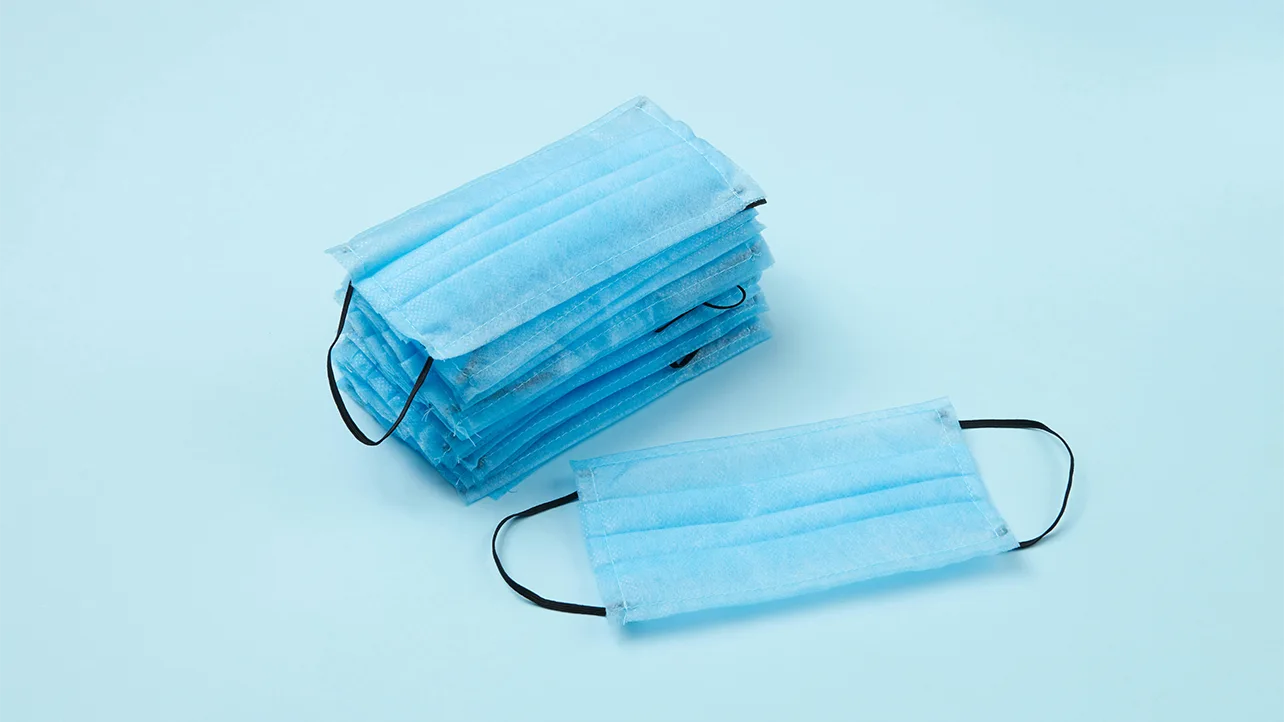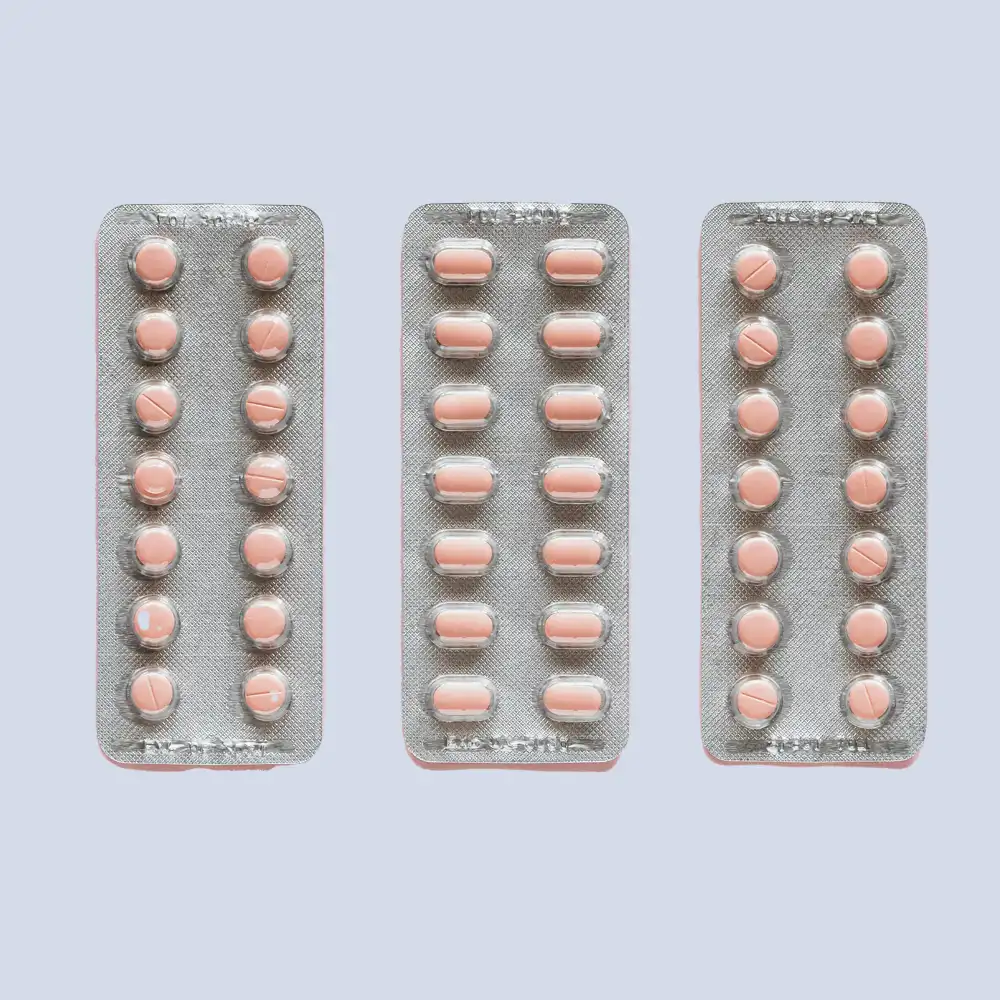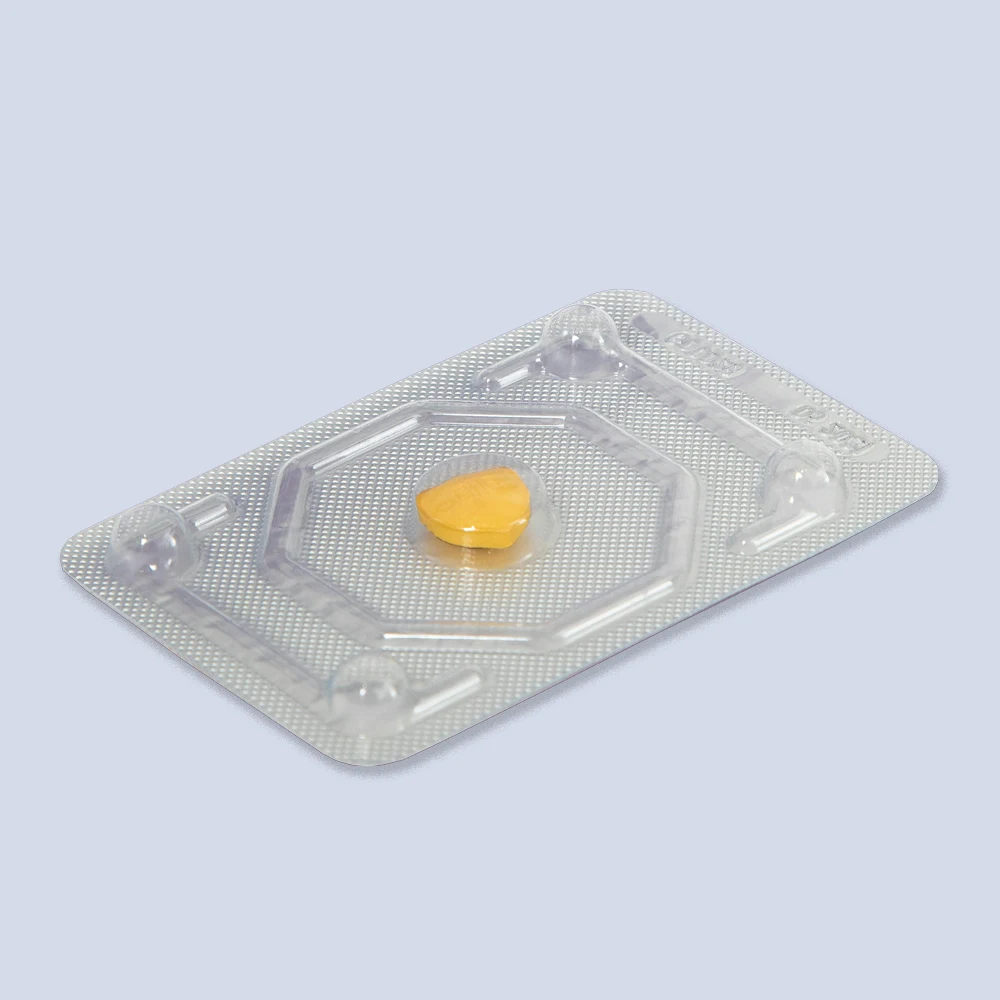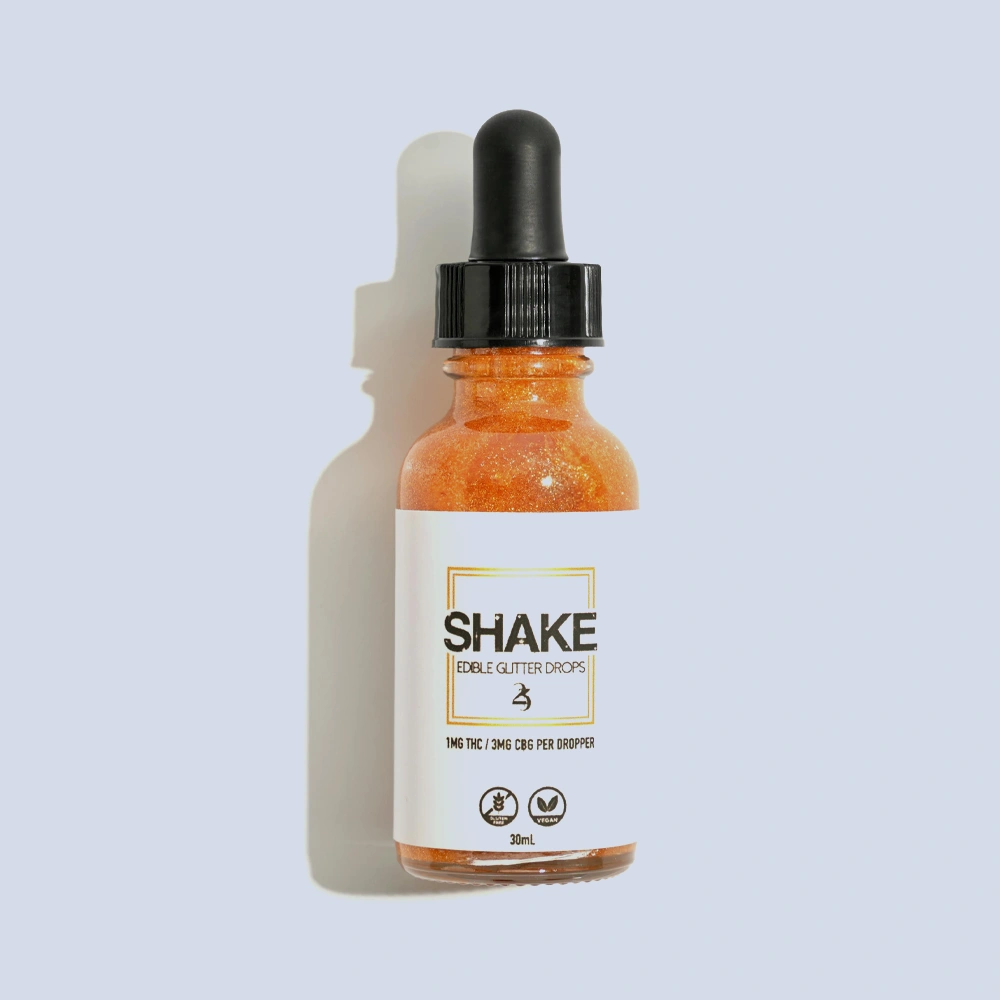Your cart is currently empty!

Personal Protective Equipment, or PPE, encompasses a range of barriers and garments designed to shield individuals from health hazards. In various settings, from bustling hospitals in Kathmandu to research laboratories across Bagmati Province and beyond, PPE serves as the first line of defense against infectious agents, hazardous materials, and workplace injuries.
This equipment, which includes items like gloves, masks, gowns, eye protection, and respirators, plays a critical role in preventing the transmission of diseases and minimizing exposure to potentially harmful substances. The correct and consistent use of appropriate PPE not only protects the wearer but also contributes significantly to public health by limiting the spread of infections within communities.
Selecting and Utilizing the Right PPE
The selection of appropriate PPE is paramount and depends heavily on the specific risks present in a given environment. Healthcare workers in Kathmandu dealing with infectious disease outbreaks will require different PPE than laboratory technicians handling chemical reagents. Proper training on how to don, doff, and dispose of PPE safely is equally crucial to maximize its effectiveness and prevent self-contamination. Furthermore, maintaining the integrity of PPE through proper storage and regular inspection is essential. Damaged or ill-fitting equipment can compromise its protective capabilities, putting the wearer at unnecessary risk. Therefore, a comprehensive approach to PPE involves not only providing the necessary equipment but also ensuring thorough education and adherence to established protocols.
Lean meats, fish, beans, lentils, and nuts are excellent sources. Healthy fats, such as those found in avocados, olive oil, and fatty fish, are indispensable for hormone production, nutrient absorption, and protecting organs, dispelling the old myth that all fats are bad.

Beyond Healthcare: Expanding the Reach of PPE
While often associated with healthcare settings, the importance of PPE extends to numerous other sectors in Nepal and globally. Construction workers rely on helmets and safety harnesses to prevent injuries from falls and falling objects. Agricultural workers may use respirators and protective clothing when handling pesticides. Even in daily life, the recent pandemic has highlighted the value of face masks in reducing the transmission of respiratory viruses within crowded urban centers like Kathmandu. Recognizing the broad applicability of PPE and promoting its appropriate use across various industries and even in everyday activities is vital for fostering a culture of safety and protecting the health and well-being of individuals in diverse environments.
Water is involved in every metabolic process, regulating body temperature, transporting nutrients, and lubricating joints. Aim for at least 8 glasses of water daily, and even more if you’re physically active or in a hot climate, to keep your body functioning at its peak.



Dispelling Common Myths and Misconceptions
Despite their proven safety and effectiveness, vaccines are often subject to misinformation and myths. Concerns about vaccine side effects, links to chronic conditions, or the necessity of vaccination are frequently raised, often without scientific basis. It’s crucial to rely on credible sources like public health organizations and medical professionals for accurate information.
Rigorous testing and monitoring protocols are in place to ensure vaccine safety, and the benefits of vaccination in preventing serious illness, hospitalization, and death far outweigh the minimal risks associated with their administration. Educating ourselves and others with factual information is vital to maintain high vaccination rates and protect public health.
We’re committed to quality, reliability, and your satisfaction—making every shopping experience easy, convenient, and trustworthy.
— Emma Larson










Leave a Reply